New facility improves emergency response, communication
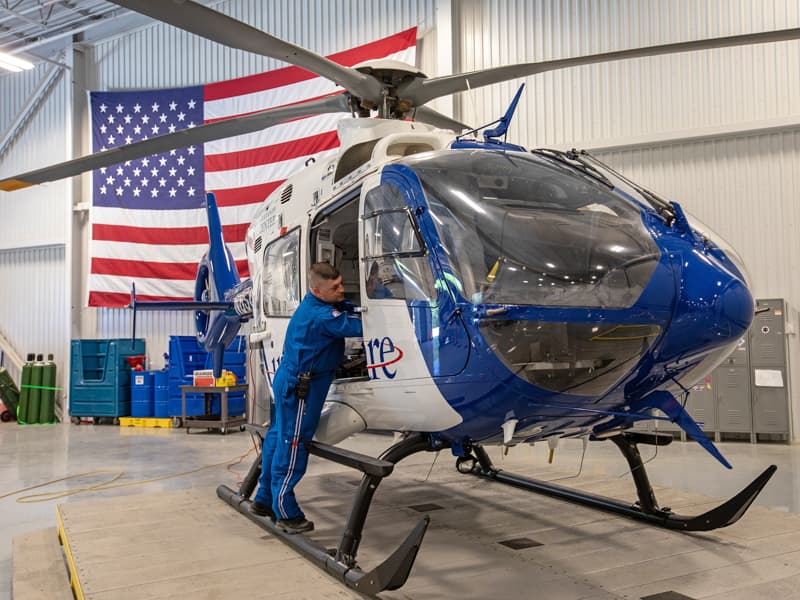
The Mississippi Center for Emergency Services centralized its operations and moved into its new state-of-the-art facility just in time.
The new home for the center has made it possible for all its services, including pediatric transport, neonatal transport, Mississippi MED-COM, public safety support and AirCare, the state’s most advanced medical helicopter transport, to be contained under one roof. The centralized location, which features 20,000 square feet of space and the latest equipment and technology, allows better coordination and communication between the state’s emergency response agencies and quicker deployment of care to emergency and disaster sites.
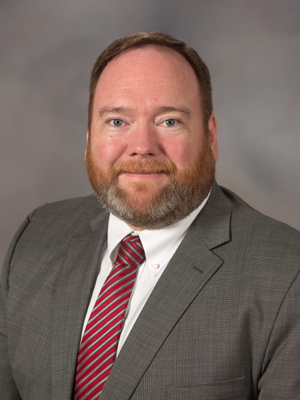
“Our teams are the best and brightest in the business, and this new building will give them the tools to elevate our services in the foreseeable future,” said Jonathan Wilson, UMMC chief administrative officer. “Just as we’ve seen with Hurricane Katrina, various tornadoes, and now COVID-19, UMMC plays a pivotal role in caring for Mississippians when they need us most.”
Since COVID-19 began spreading through Mississippi in early March, the folks at MCES have been working feverishly to get information out to first responders, police departments, fire departments and other boots on the ground.
The information regarding COVID-19 changes daily, sometimes hourly, and the ability to communicate with public safety officials around the state, and receive communication from them, all in real time, is crucial.
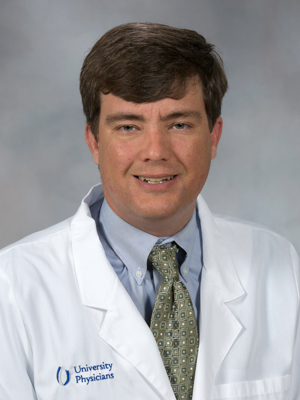
“We have a list of 600 public safety leaders from almost every county, and we’ve been able to push information to them and have biweekly calls as well,” said Dr. Damon Darsey, associate professor of emergency medicine and pediatrics and medical director for MCES. “We’ve really ramped up our Public Safety Support Division to take care of policemen, firemen and paramedics and help educate them about how they can keep themselves safe.”
For example, a firefighter at a small department tested positive for COVID-19 in recent weeks, and the crew at MCES helped the fire chief determine what protocols to take.
“That data’s not out there, and he has no other channel but us,” said Darsey. “But we can say, ‘This is the best way to do this based on the best available research and published literature from state and national sources.’”
The efforts are especially needed in the mostly rural state and are just a fraction of what does MCES does.
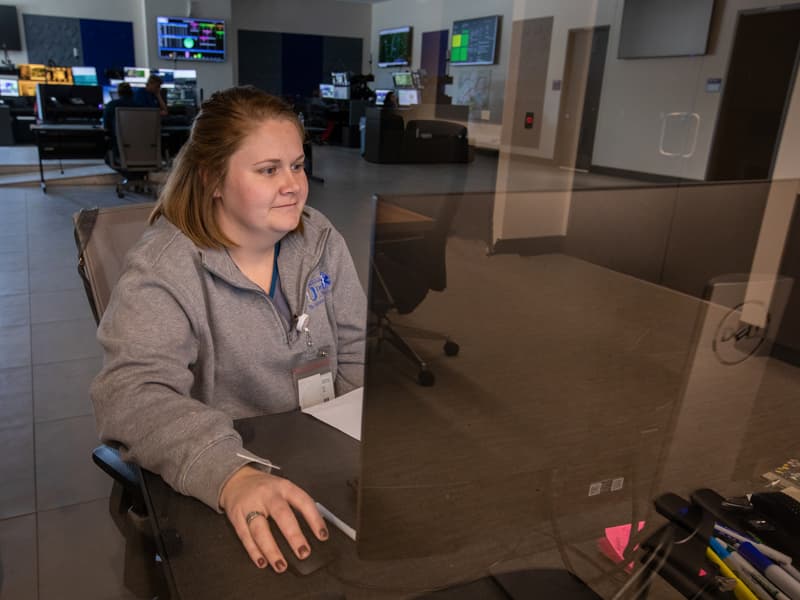
In 2014, the University of Mississippi Medical Center established MCES and it serves as part of the state’s first comprehensive emergency medical response system. The goal of MCES is to expand Mississippi’s ability to maintain medical communications for disaster and emergency preparedness and response – partly based on the many lessons learned during Hurricane Katrina and its aftermath.
In its new location, MCES also retrofitted an ambulance to transport COVID-19 patients by creating a negative pressure environment in the patient compartment of the ambulance, making it safer for both health care workers and the patients. They also made other modifications to decrease decontamination time for the next transport.
In addition, there’s now space to store the ambulance, which makes for quicker access to it.
Before the addition of the new facility, all the components of MCES were haphazardly housed all over the Medical Center’s campus. The AirCare helicopters were stored at a facility in Raymond, a 10-minute flight away and on top of a facility where they were subjected to the elements.

“We found every nook and cranny we could put supplies in (for MCES), so if something broke and you need it, you had to remember ‘OK, it’s in this closet on this floor in this building,’” said Stephen Houck, clinical director for MCES. “Being under one roof has improved efficiency and brought the team closer together. We just function better having everything in a central location.”
Now, all 80 employees are working together – and with the most up-to-date technology and equipment.
Outside of efforts related to COVID-19, MCES recently sent staff and equipment to authorities in Jones County after EF-3 and EF-4 tornadoes slammed the area on Easter Sunday.
The facility also includes a 10,000-square-foot training area for running scenarios with first responders and others. Now, employees are able to pull in aircrafts from AirCare and partnering emergency response agencies for training purposes.
Training has been temporarily put on hold due to COVID-19, but the research arm of the center continues its work
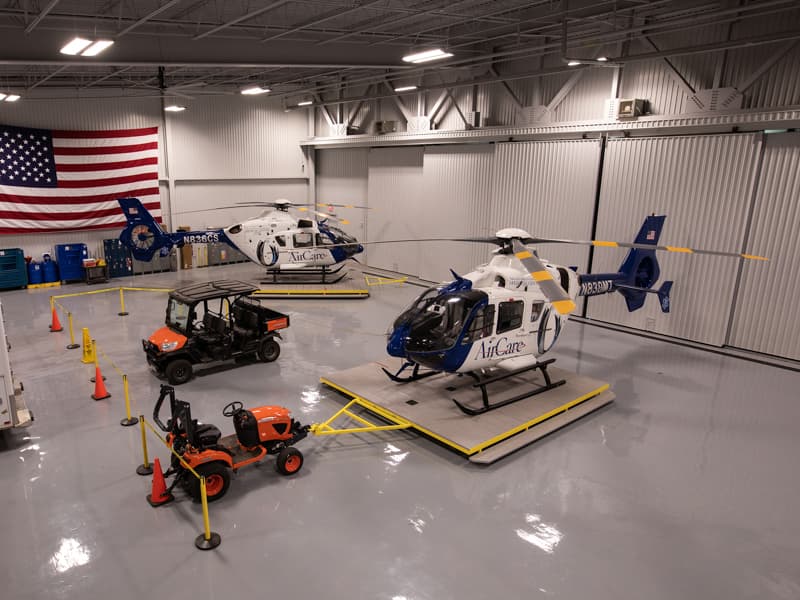
The center also collaborates with the Department of Surgery and the School of Pharmacy to conduct pre-hospital research. Currently, they are working on about 12 different projects.
The center’s mission encompasses the same goals as the Medical Center as a whole: health care, education and research.
“I’m most excited about having the teams where we can see each other and talk routinely. We’re doing a lot of things a lot of people in the country aren’t doing in terms of medicine and to be able to have direct communication with these guys about changes we need to make, things that are not working and things that are working, is so helpful,” said Darsey.


